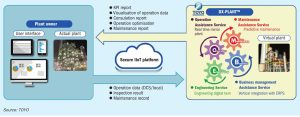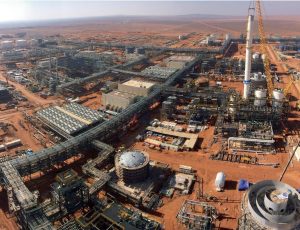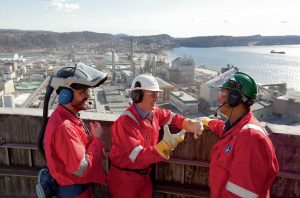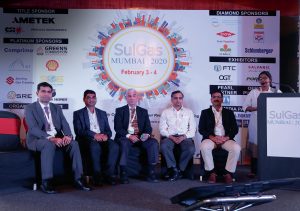
Evaporation and crystallisation technology
Evaporation and crystallisation are widely used throughout the fertilizer industry. Major applications and the types of equipment used are reviewed by Laurent Palierne and Norbert Strieder of GEA Group.

Evaporation and crystallisation are widely used throughout the fertilizer industry. Major applications and the types of equipment used are reviewed by Laurent Palierne and Norbert Strieder of GEA Group.

Digitalisation and the analysis of big data are playing an increasing role in fertilizer production. Innovative digital and cloud-based services are being offered by a range of technology companies, including Casale, tkIS, Topsoe and TOYO.

Three large-scale phosphoric acid plants constructed as part of the world-class Umm Wu’al project in Saudi Arabia are now fully operational. James Byrd of Worley (formerly Jacobs ECR) describes the execution of the project from basic engineering through to plant performance tests.

We look at safety, health and environmental (SHE) management and hazards at nitrogen fertilizer plants and the importance of the International Fertilizer Association’s ‘Protect & Sustain’ certification scheme.

Now in its second year, SulGas 2020, South Asia’s only conference on gas treating and sulphur recovery, took place 3-4 February 2020 at the Novotel – Juhu Beach, in Juhu, Mumbai, India.

The falling film high pressure carbamate condenser (HPCC) was the first type of high pressure carbamate condenser applied in urea stripping plants. Did you know that the first Snamprogetti stripping plants also had falling film carbamate condensers? In 1978 Mr Umberto Zardi, later founder of Casale, invented the horizontal kettle type condenser for Snamprogetti urea plants.
The different flame velocities of reactants in the combustion space of a secondary reformer have a significant impact on the gas inlet temperature of the catalyst and the methane conversion in front of the catalyst. Based on this fact, Hanno Tautz Engineering introduces an alternative secondary reformer design. Compared with the state-of-the-art-technology, the alternative design shows advantages for hydrogen production efficiency and product capacity.

Liquid ammonia is one of the feeds to the urea plant. It typically comes from the ammonia plant at a pressure of about 20 bar. In the urea plant this liquid ammonia is further pumped up to synthesis pressure conditions, sometimes after passing through a buffer tank, a heater and/or a filter. According to the ammonia phase diagram, when liquid ammonia flashes to atmospheric pressure temperatures can drop to as low as -33°C under worst case conditions. In case one or more of the above mentioned items of equipment needs to be drained for maintenance, a decision needs to be made where to drain this liquid ammonia. In a urea plant the options are the ammonia water tank or the vent stack, but which is best option?